A Complete Guide To GuildFi
Gaming is fun, but its rise in popularity has been met with some un-fun exploitative behaviour from game publishers; games have become more expensive to purchase, and, due to the centralisation of their microtransactions, the players don’t have true ownership of their hard-won in-game assets. Like most traditional industries, the gaming industry needs to change.
This is where GameFi has stepped in with a project that utilizes elements of DeFi & NFTs to empower the people playing. In Blockchain-based gaming, not only do gamers have true ownership over their assets, but they can also earn an income for the hours they put in through a model called play-to-earn (P2E). Following the success of Axie Infinity, the GameFi ecosystem grew rapidly, but still had two major problems: the start-up costs for players are high & learning the strategies is difficult and expensive. For example, just acquiring the gear to start playing an in-demand game can be a barrier to entry. GameFi gaming guilds were developed to save this space…
Wait, what are guilds?
Guilds are player-run organisations that offer something called a “scholarship program” to help people get started. For example, guild-owned NFT characters for specific games can be lent out to players, also known as “scholars”. In turn, as these scholars play these games, they participate in a revenue-sharing model with the guild and split the in-game profits. This fosters a harmonious relationship between the scholar gamer and the guild participants: players have no start-up costs and guilds get passive income exposure to the upside of play-to-earn games. Guilds have attracted thousands of scholars and big communities to discuss different strategies for their respective games.
The problem with guilds
While current guilds solve the problem of start-up costs, they present a new set of problems: scholarship funds are fragmented and are often limited to one game within that guild. players’ scope is narrowed by joining a guild, and their achievements and rewards are often limited to this one guild/one game silo. There is no interoperability (technically known as ‘composability’) between guilds to create a smoother experience for scholars, whether existing or new, and it limits their discovery & access to other games not associated with their guild.
Hence, guilds need to be revamped, a guild 2.0 of sorts. Introducing: GuildFi…
The GuildFi solution
GuildFi can be thought of as a one-stop-shop for your gaming/metaverse experience. Since the current guild ecosystem is similar many separate pieces of a jigsaw puzzle, GuildFi aims to provide the infrastructure to connect those pieces together. Speaking broadly, their vision consists of a scholarship aggregator, game curation & discovery, tools for players & developers, a Guilds-as-a-Service model, a new reward system for players, and much more.
The GuildFi product
To start your GuildFi journey you must first create a GuildFi ID using your email account, and then connect the ID to your wallet - you now have your passport to the metaverse. This ID will track your performance, achievements, and rewards. After creating the ID, you can interact with the different products & services offered by the GuildFi platform. It can be broken down into two broad categories. Gaming Centre & Zones.
Gaming Centre-
The main purpose of the gaming centre is to onboard users; the focus here is very much on improving the user experience through better discovery and access. The gaming centre has 4 key features to improve the metaverse gaming experience.
GuildFi ID - essentially simplifies the process of tracking the performance of players and their general footprint in the gaming ecosystem. Guilds can get a detailed overview of how different scholars are performing across different games, the players can track their own gaming performance and make changes to their strategies. It also amplifies the competitive aspect because players across the world can be appropriately ranked.
Game Discovery - an aggregator for players to find games, essentially curating games for players to discover depending on their activity. Not only does this help players find games that are to their liking, but it also helps the game creators find the correct target audience for their games, which in turn helps drive organic adoption of the game. An upcoming feature will also give insight into how much income per hour a game has generated for other players.
Guild Discovery - an aggregator for players to find scholarships. Currently, scholarship funds are fragmented across the ecosystem and hard to discover for new players. GuildFi offers many different types of scholarship programs on one platform. These scholarships are funded by either their own treasury, partnered guilds, or other connected NFT funds. So now scholars can easily navigate and get access to scholarships for different games from different guilds but all through one platform.
Proof-of-Play - an improved rewards mechanism that tracks the activity of players across the ecosystem based on which they get experience points called GXP. As players get more GXP they get rewards such as NFT allocations, token airdrops, bonus yields, or higher token rewards from playing partnered games. This feature also contributes to the player ranking system.
The Proof-of-play feature also solves 2 key problems. Some games simply have NFT integrations but no active earning potential; Proof-of-play changes that by making every game in the GuildFi ecosystem a P2E game regardless of whether they give out a token or not. Another problem with P2E games is the players aren’t gaming for the fun of it - they are playing to make a quick buck, and as a result, the game creators continue to make games that are more profitable than the previous one. In the event a scholar likes a game that doesn’t make as much money, they have to choose between a game they want to play vs a game they have to play. With Proof-of-play, scholars can now technically earn from playing any game.
A bonus feature of the Gaming Centre is that users get access to exclusive features within certain zones. Specifically, the Metadrop Launchpad & GameFi tools (this will be discussed further below).
Zones-
Zones are the engines of the ecosystem dedicated specifically to different types of business activities. GuildFi has 4 different zones fulfilling different purposes:
The Guild Zone consists of 3 products that are related to guild specific activities - GuildFi guild, Guild-as-a-Service, and the Guild Network. The GuildFi guild follows the regular gaming guild model, and they have around 3.1k active scholars with 20k scholars on the waitlist. This GuildFi guild very quickly went on to become the biggest guild in Thailand and they continue to expand their army of scholars every day.
The Guild-as-a-Service model allows anyone to run a guild of their own. An individual, a new guild, or an existing guild simply needs to provide assets (whether that is digital assets, tokens, or NFTs) and then plug it into the GuildFi platform, and GuildFi does the rest by offering the scholarships to everyone on their platform. This way you can earn the profits of running a guild without needing to actively manage it; the Guild network is simply a tool used to connect guilds to one another. This tool offers a variety of benefits such as lending NFT assets between guilds, borrowing NFT assets from connected VCs and funds, and providing an easy way to recruit new scholars to a guild through the scholarship portal.
The NFT Zone currently has only one feature, the MetaDrop Launchpad, which you can get exclusive access to through the gaming centre. There are two types of drops: NFT and token drops, and depending on a player's level of participation, they will get access to exclusive airdrops and early investment opportunities. Participation will be determined through the proof-of-play system (GXP) in combination with the amount of the native $GF token held and staked by a player - the purpose here is to give drops to people who genuinely use the platform and aren’t just farming airdrops. In the future, the NFT zone is expected to feature an NFT marketplace and a lending app.
The NFT zone also handles Initial Game Offerings (known as an IGO) where participants get early access to the in-game assets, and a chance to test the early version of the game. GuildFi did the first-ever triple IGO for Cyball’s Genesis NFTs (a football-based game), and the IGO was hosted on GuildFi, Binance NFT, and Cyball.
The Tools Zone provides an extensive repository of information and other tools to help everyone within the GuildFi ecosystem; whether you are a guild manager, a scholar, or a recreational player, there’s a tool to help everyone. The main product made in the tools zone is ezHUB, a scholarship management tool used by many guilds and tens of thousands of players. Let’s run through the features:
- ‘scholar overview’ allows guild managers to get detailed insights into the performance of a specific scholar. This includes data like tokens claimed, tokens held, monthly returns, and adventures completed with charts to visualise and compare a player's progress.
- ‘inventory management’ is a one-stop page to view & manage your inventory of assets for a game. Players & scholars can easily check the status of their gaming portfolio, while guild managers can create customised filters to divide their scholars by team or by game. It also shows earnings in fiat terms. An alternate way to view all this data is through the scholar list management feature.
- ‘card exploration’ gives players an easy interface to view all the cards (or characters) for a specific game, it includes customised filters so users can input a combination of different traits to easily find the card they desire. For example with Axie Infinity, if a user wants to find a card with the aquatic class, ranged attack type, and speed-up effect, they input this into the filter and instantly find their card. EzHUB has made this easy to integrate onto any website so guilds can easily bring this feature onto their own website if they wish to do so. Currently this feature is only offered for Axie Infinity, but it will be available for more games in the future. The ultimate purpose of ezHUB is to become the primary data hub for everything GameFi.
The Treasury Zone is the final zone we will cover, and was developed after a successful launch of their $GF token, in which GuildFi raised $146m, and all of this new profit was allocated to the treasury. As stated by the team, the purpose of the Treasury Zone was to “serve as a capital-efficient reserve asset fund”. To do this, they divided the treasury into 3 funds - the venture fund, the growth fund, and the development fund. The venture fund is the investment vehicle of the treasury, and they will operate as a value-add VC fund focusing mainly on GameFi & metaverse based investments. As of Jan 31st, the Venture fund made a total investment of $2.3m on tokens, an investment which turned into $6.7m. Similarly a $1.7m investment on NFTs which turned into $3.3m profit for the treasury.
The strategy of a growth fund is to preserve capital - this means that the growth fund will have most of its holdings in stablecoins which will be used to participate in different yield farming strategies, a portion of the fund will also be held in majors such as BTC & ETH. The major benefit of the growth fund is that GuildFi will remain protected even in bearish market conditions by preserving a decent-sized war chest. These transfers can be made from the growth fund to the venture fund when an opportune investment presents itself.
The development fund within the Treasury Zone has more to do with managing operational costs rather than growing the treasury - costs like managing staff salaries and office rentals, and other aspects like funding marketing campaigns. Marketing could include things like AMAs, meme contests, or just general social media campaigns. The fund also includes a “community bounty” for anyone from the community who makes a meaningful contribution to GuildFi, they have the option to be compensated through the development fund.
The chart below shows how allocations within the treasury zone are expected to change over time.

Tokenomics
If GuildFi is a one-stop-shop to your metaverse experience, then the $GF token is the index that will capture value from all the activity and money flows in the metaverse - the value of the token will grow in proportion to the growth of GuildFi and its operations. More specifically, the value will accrue from revenue-generating activities such as P2E games, P2E guilds, and scholarship programs. The sale of tokens, NFTs, and IGOs will also play a part in value accrual. Likewise, any activity in the treasury zone, such as successful growth funds, will also directly impact the value of the $GF token.
Staking-
The staking mechanism for $GF works similar to how CRV and veCRV work. For those who don’t know, this mechanism is called vote-escrow (or time-lock staking). When token holders want to stake their $GF token, the amount of sGF they get depends on how long they locked the tokens.
So a user who locks 1 GF token for 52 weeks will get 1 sGF but a user who locks 1 GF for 26 weeks will get 0.5 sGF. The voting power a person gets depends on the number of sGF tokens they hold. This helps differentiate between the long term believers and the short term speculators. However, sGF is not only for governance purposes. It comes with many more benefits.
Let’s start with the Metadrop Launchpad - as mentioned before, the IGOs are done through this Launchpad. The more sGF you hold the higher chance you have of winning a ticket that will allow you to win legacy NFTs and get the native token of the game airdropped to you (this was recently done with the IGO of Summoners Arena, an RPG-based P2E game). In addition to this, users with more sGF will also get early access to new P2E games. If you ask any P2E scholar, they will tell you that being early to a game is one of the biggest edges you can have. The number of tools & features that players, scholars, and guilds can get access to through the tools zone will scale as the number of sGF tokens they hold scales. These sGF tokens also entitle users to boosted rewards with a proof-of-play mechanism - users with more sGF will get more GXP when they play the games. To top it off, the number of sGF tokens held will be displayed on a players GuildFi ID to act as a form of recognition for other participants in the GuildFi ecosystem, further contributing to the competitive ranking aspect.
Token Distribution-
Total supply: 1,000,000,000
Circulating supply: 42,185,071

Token Release Schedule:
This is a breakdown of the specifics of the distribution with the vesting periods.

This is a graph showing the schedule of the releases.

Some stats
It’s been less than a year since the GuildFi platform has been live and they already have 120k unique GuildFi IDs created - their own guild has 3.1k scholars and 50+ coaches with around 20k scholars still on the waitlist. They currently have 18 different partnerships & integrations with different games and investment funds, and around 8 existing guilds have currently integrated with the platform, with many more such collaborations on the way. Their treasury has also seen tremendous growth, with the venture fund increasing 150%, and the growth fund earning a consistent 5-15% yield on their assets.
The cherry on top is that they have recently announced their plans to go multichain. Many projects are embracing the multichain future, but for GuildFi it doesn’t only mean that their platform and token will be offered on multiple chains, they are also building a suite of cross-chain tools to further improve interoperability across the metaverse.
For a project that has been around for a short amount of time, they have made some big moves - judging by how the team and community operate, I do not think this progress is going to slow down regardless of market conditions. Given that the aim is to be a central piece of infrastructure for the metaverse, they are making the appropriate decisions to show they have the potential to fulfil this ambitious goal.
Team
The team is more than 100 people strong and filled with some of the smartest and most dedicated people in this space. So let’s go over some of the most important members of the team:
Jarindr Thitadilaka, better known as Ja, is a co-founder & project lead who has a decade of experience working with blockchains and software development. He previously collaborated with large blockchain companies like OmiseGo (OMG) and Bitfinex, and has been instrumental in technical research such as Tokenizing NFTs on Layer 2 platforms, and building the first-ever Proof-of-concept blockchain game on the Plasma Protocol.
Gazinpoj Techahuasingh, better known as Kit, is a GuildFi co-founder and head of business development. Previously, he was a co-founder at the Cryptomind group which is one of the biggest Thailand based digital asset fund managers. Kit and his team have been influential figures in Thailand's crypto scene.
Sirasith Sopasilapa, better known as Petch, used to work as a financial auditor for very big firms in the traditional finance space after which he moved to work as a data scientist. Now, he’s working as a senior data analyst & researcher for GuildFi, to bridge his expertise with his passion for gaming.
Arnav Rawal is currently working as the research lead, but has previously also worked at Cryptomind, and is a very well-reputed digital asset advisory service provider and was notably early to popular metaverse/gaming plays such as Sandbox, Jewel, and Crabada.
Lalita Phiphatyaokun, better known as Por, works as the campaign & event marketing team leader for GuildFi. She has an extensive career with online marketing and events across many industries, but notably with Esports organisations, making her expertise even more valuable.
Parawee Sukorawan, AKA Earn, is the head of marketing for GuildFi and has 8 years of prior experience doing marketing for major companies such as Mindshare Thailand and Osotspa Co. She decided to bring her expertise to the crypto world and help drive the space forward which resulted in her working with the brilliant team at GuildFi.
These are just a few notable members of the team filled with bright minds. They work diligently and always look to create more value not only for their community but the general GameFi/metaverse ecosystem.
Community
We know the importance of community in crypto, but within the gaming economy its even more important. The GuildFi community is now 57k people strong, but they started off building a solid base in Thailand and then organically expanded their community. Everyone is extremely approachable and willing to help new people. No question is a dumb question to them, all that matters is helping people navigate their way to success through the metaverse.
As I was writing this guide, I repeatedly reached out to team members & community members to get more information about GuildFi and they were extremely prompt in their response. Once, I messaged one of the analysts and he promptly responded to me and answered all my questions despite it being 3 am for him. These are the things that you like to see in a community.
Concluding thoughts
When I first learnt about GuildFi, it was like a breath of fresh air for me. It’s been a long time since I’ve seen a project come up with so many unique products and solutions. Uniqueness is becoming a rarity in crypto because it is always easier to copy/paste an existing product with a few minor tweaks in an effort to steal some of the users & liquidity from the original product - such activities hold an ecosystem back. GuildFi’s efforts to instead focus on improving the UX through meaningful innovation is part of what drives the gaming space forward.
They have positioned themselves perfectly in the middle of the growing metaverse/gaming sector; guilds are likely to dominate gaming activity and GuildFi is a solution that simplifies this sector for guilds as well as players. Positioning themselves to attract the majority of new users will lead to more partnerships and integrations with other projects, leading to a snowball effect of continuous growth and adoption. If you are bullish on the gaming/metaverse sector then a guild aggregator like GuildFi is the best place to get exposure to all the activity that takes place in this sector. As mentioned before, the project is still in its infancy: it’s been less than a year since its launch, and it is already looking promising - one can only imagine where GuildFi will be a few years down the line.
Sources:
https://whitepaper.guildfi.com/
https://medium.com/guildfi/play-to-earn-to-play-and-earn-78ffb7d4c368
https://medium.com/guildfi/the-gf-token-connecting-the-guildfi-ecosystem-af8e74349548
https://medium.com/guildfi/guildfi-treasury-report-quarter-4-2021-1fc964c5e84f
https://medium.com/guildfi/introducing-ezhub-the-leading-gamefi-p2e-tools-for-players-and-guilds-dec503dc268e
https://medium.com/guildfi/igo-announcement-f6fd8bc5e393
https://medium.com/guildfi/whats-next-for-guildfi-12d16d01aa71
https://medium.com/guildfi/introducing-the-guildfi-treasury-zone-5d4bc5a314f2
https://medium.com/guildfi/introducing-staking-program-for-gf-token-2f85651de17
https://medium.com/guildfi/guildfi-yearly-review-and-summary-cc2d62cdccb0


































%202.webp)


.webp)

.webp)
.webp)
.webp)



.webp)












%20the%20Next%20Big%20Unlock%20in%20AI.webp)























































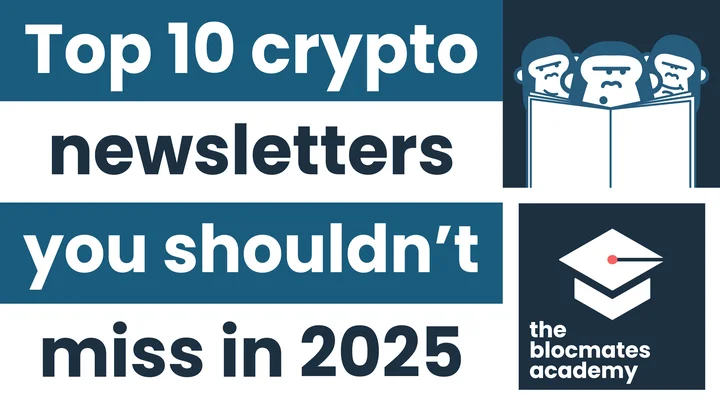










.webp)


.webp)









.webp)







.webp)




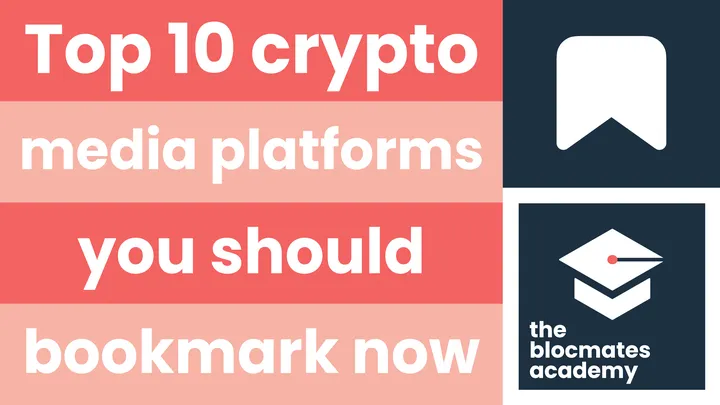








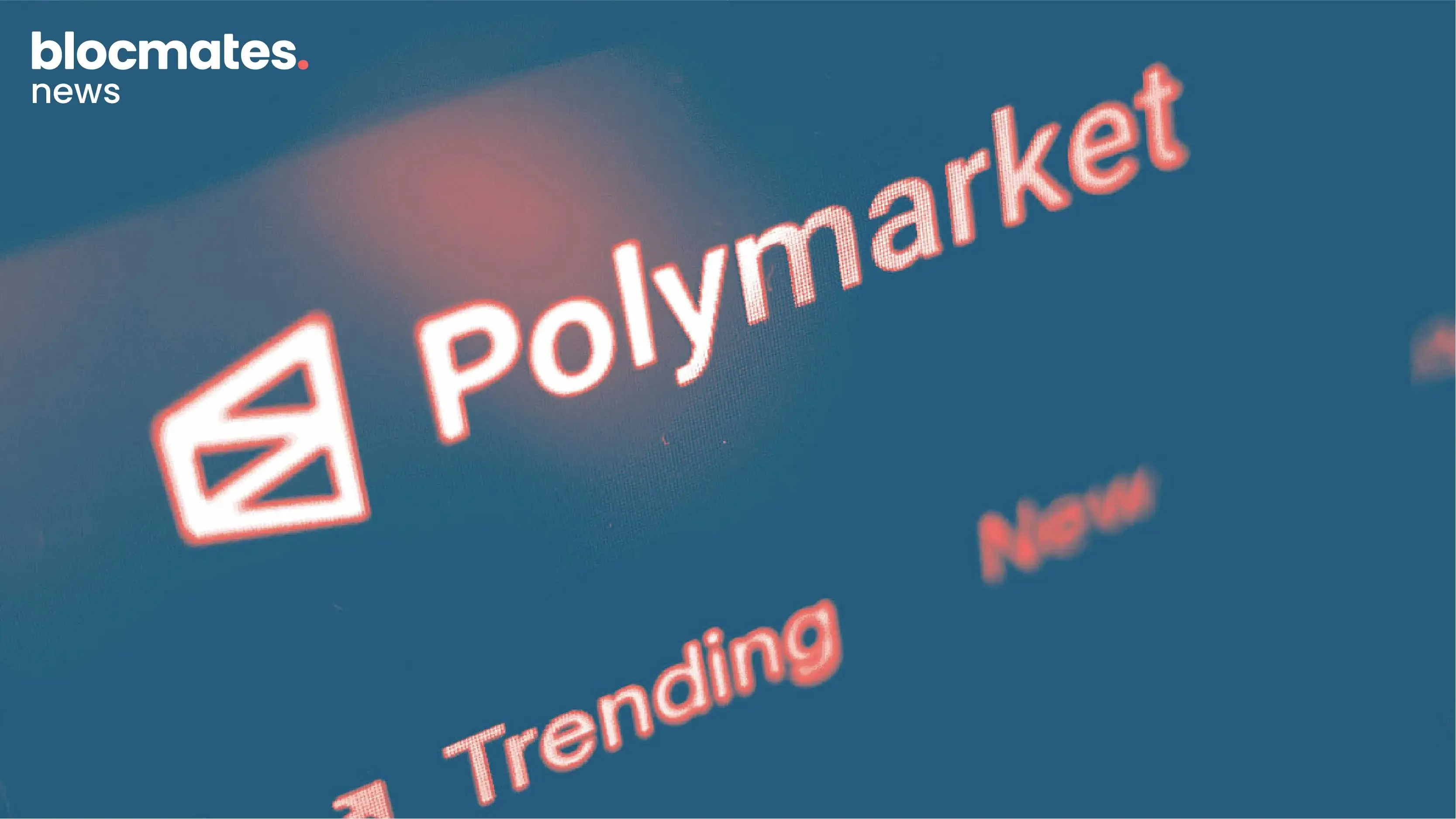

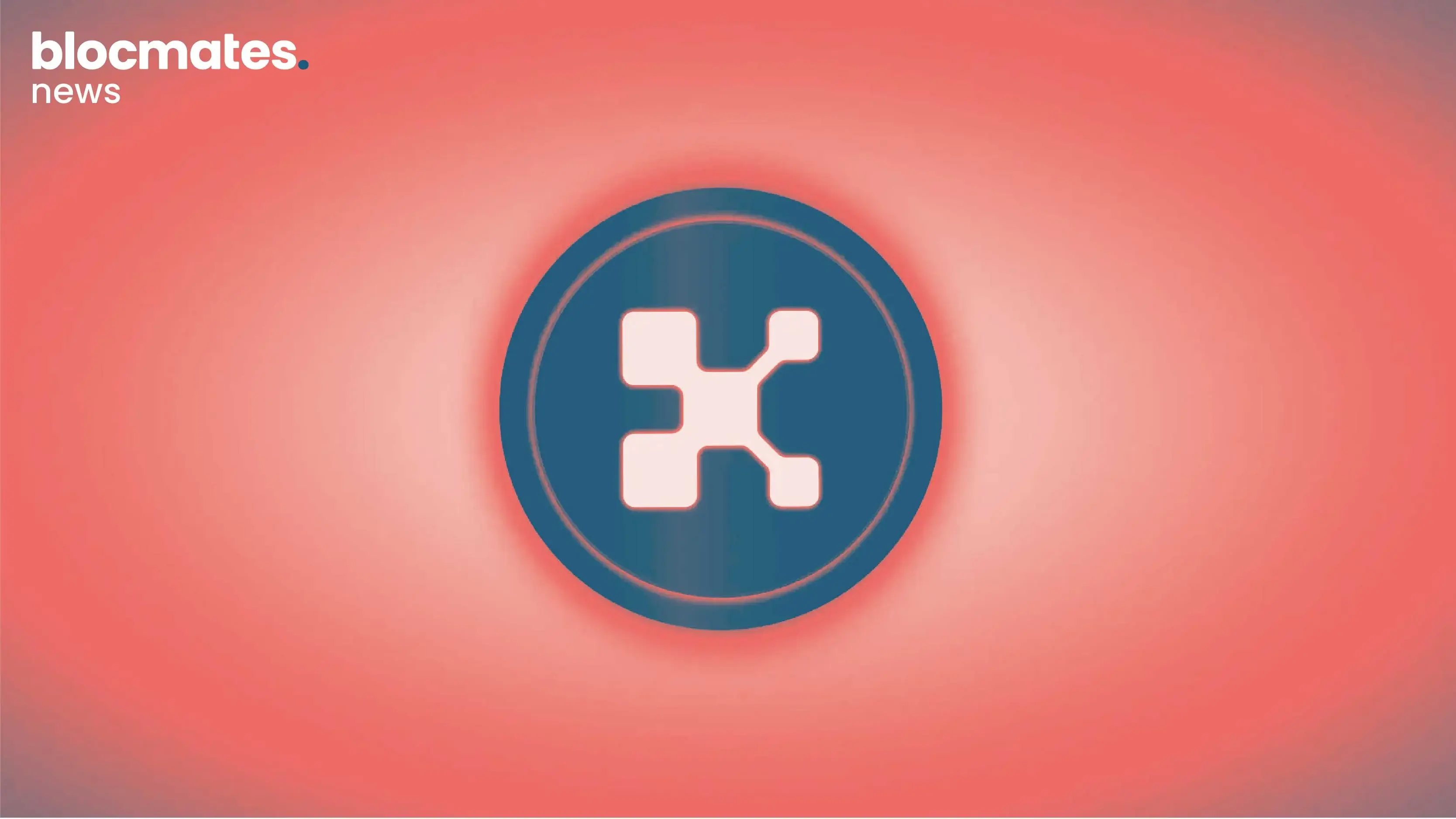
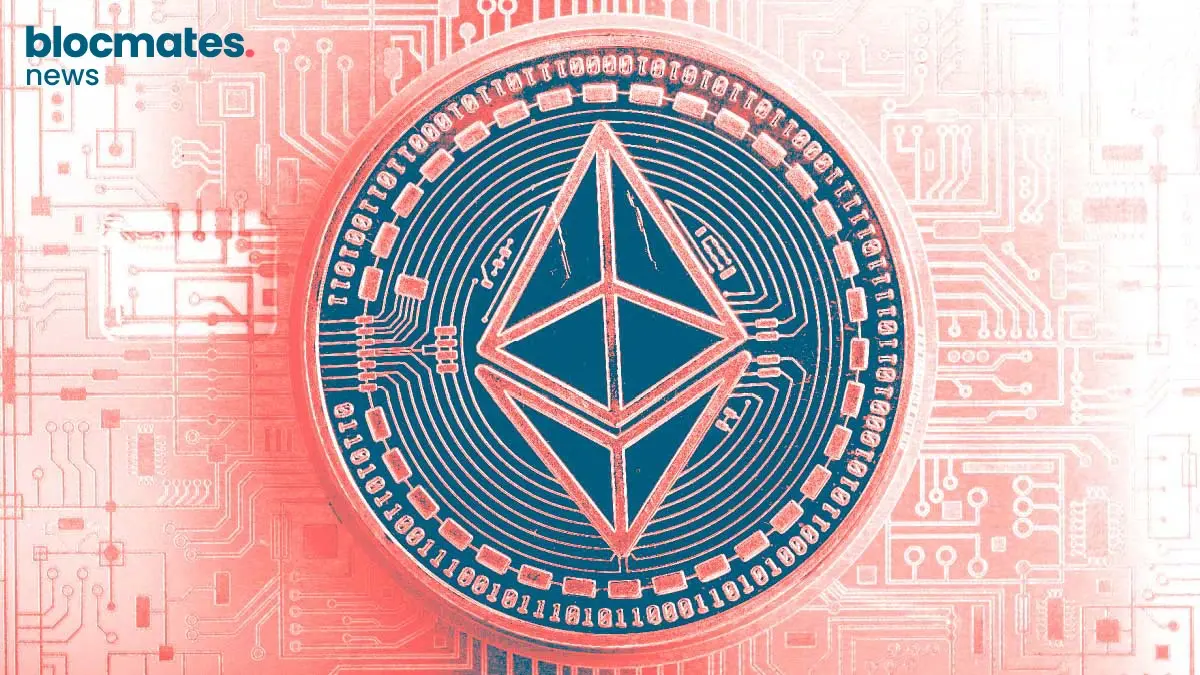
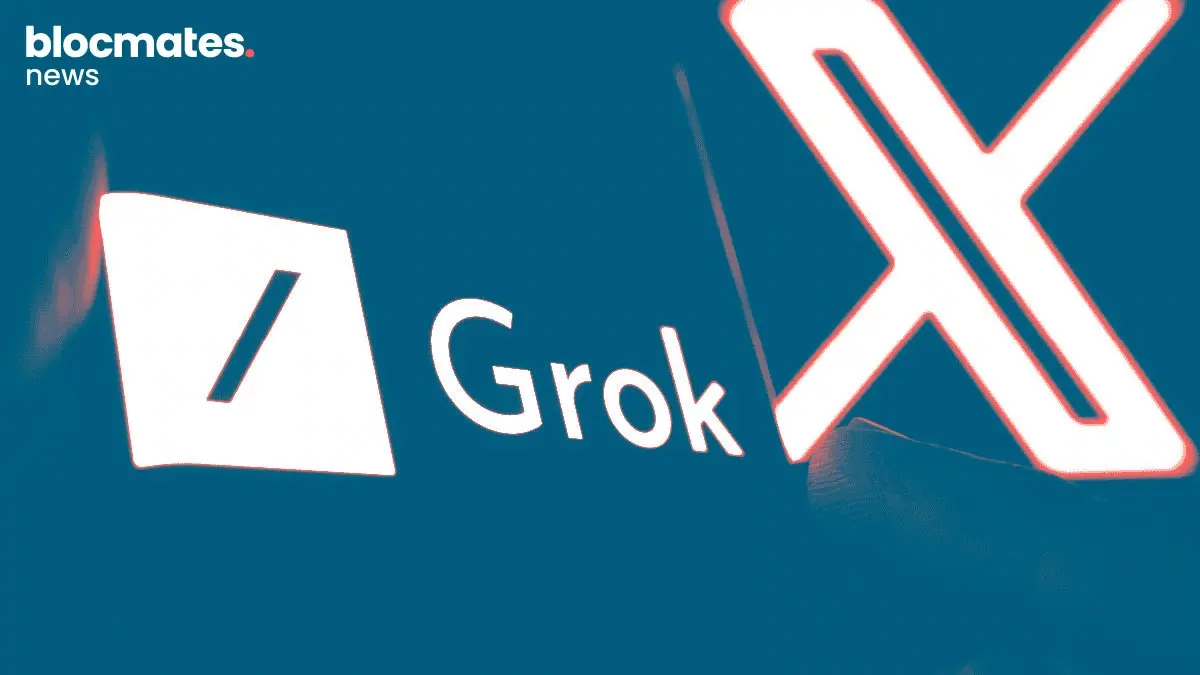

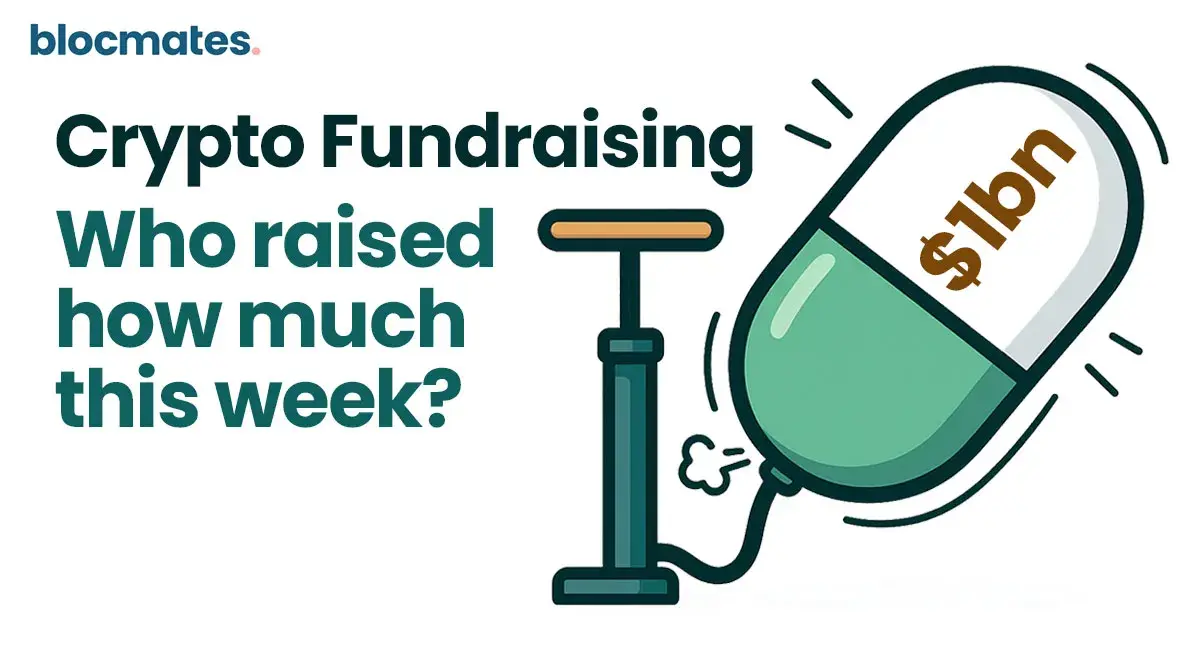
.webp)
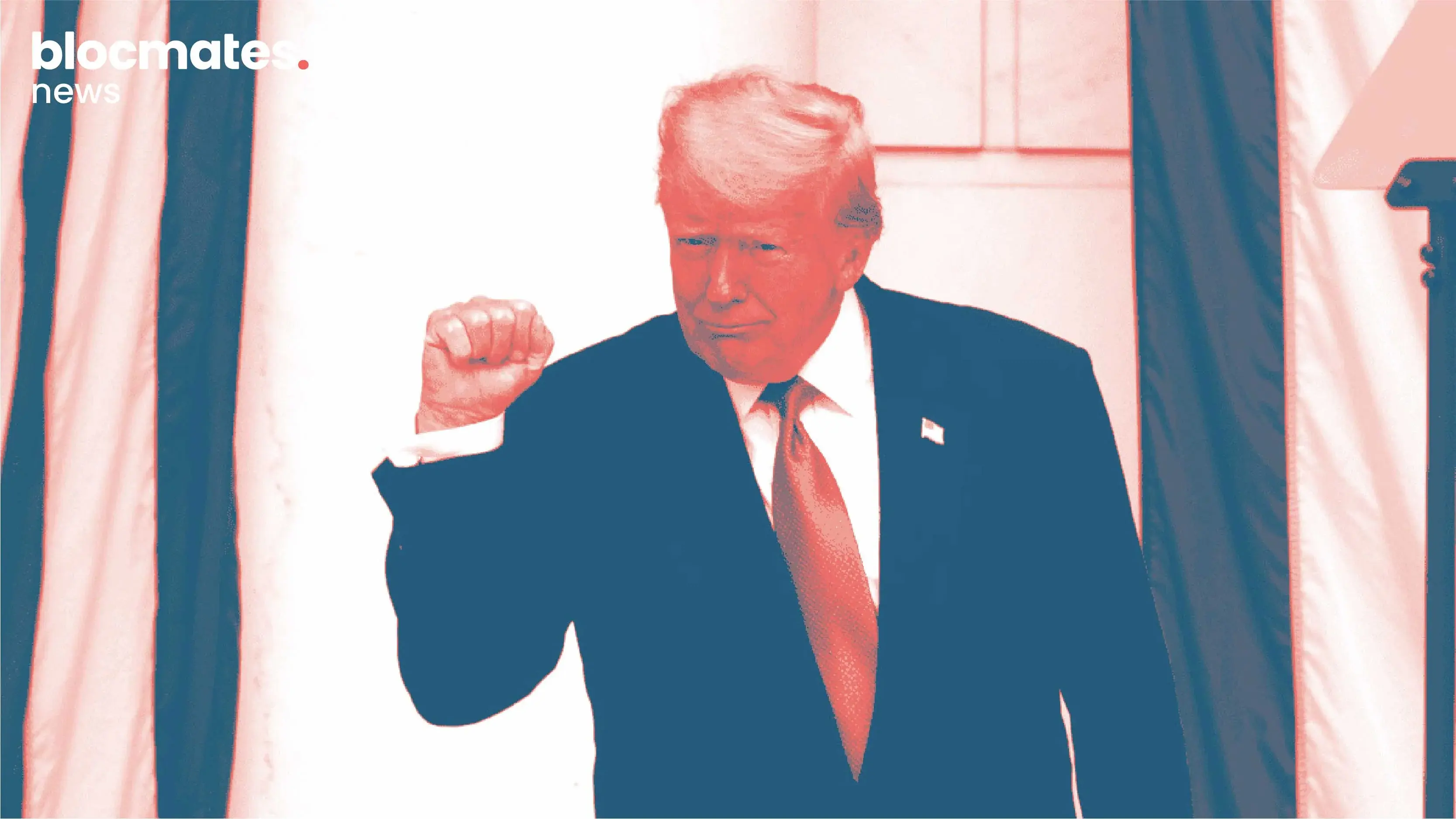


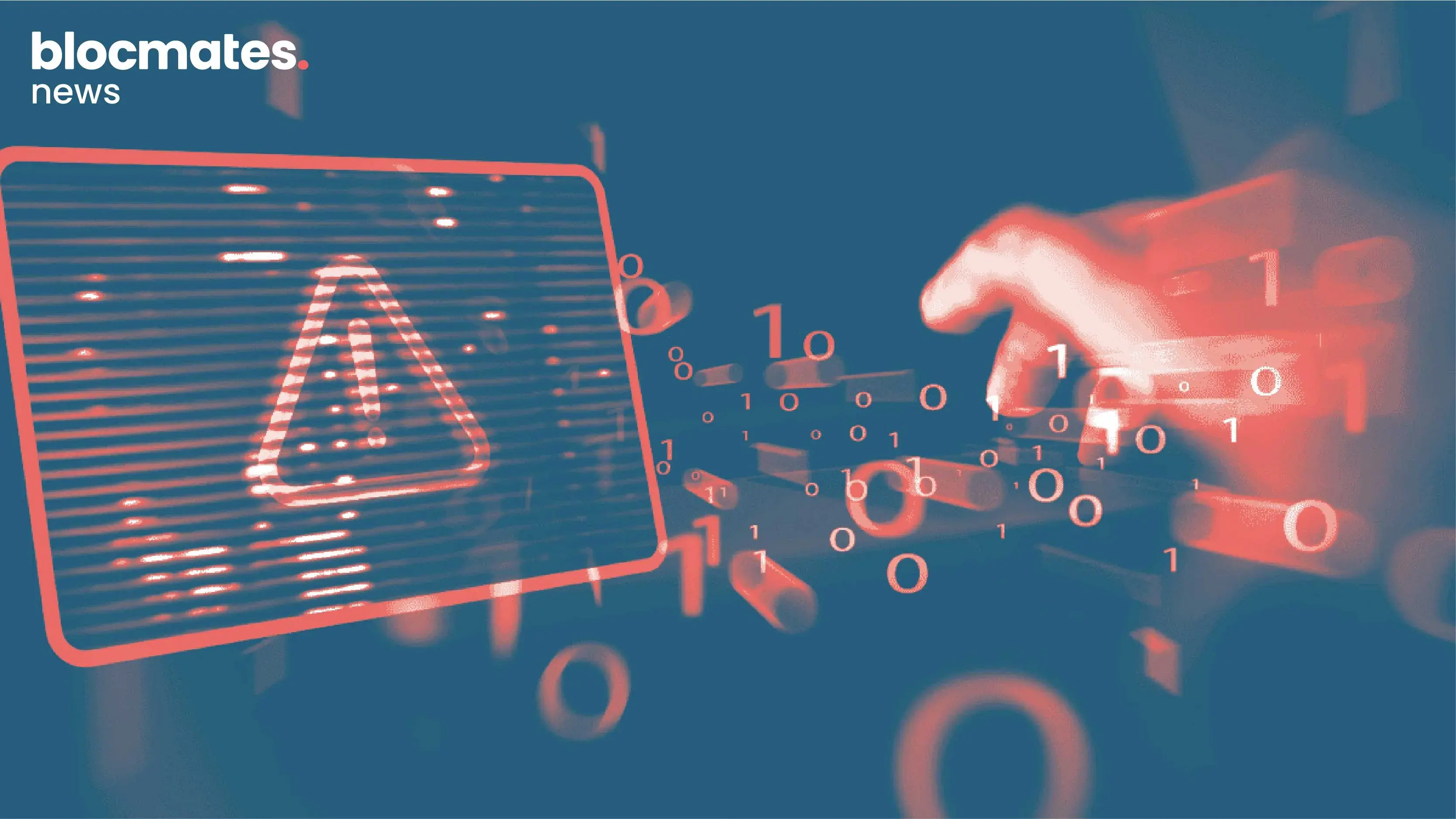

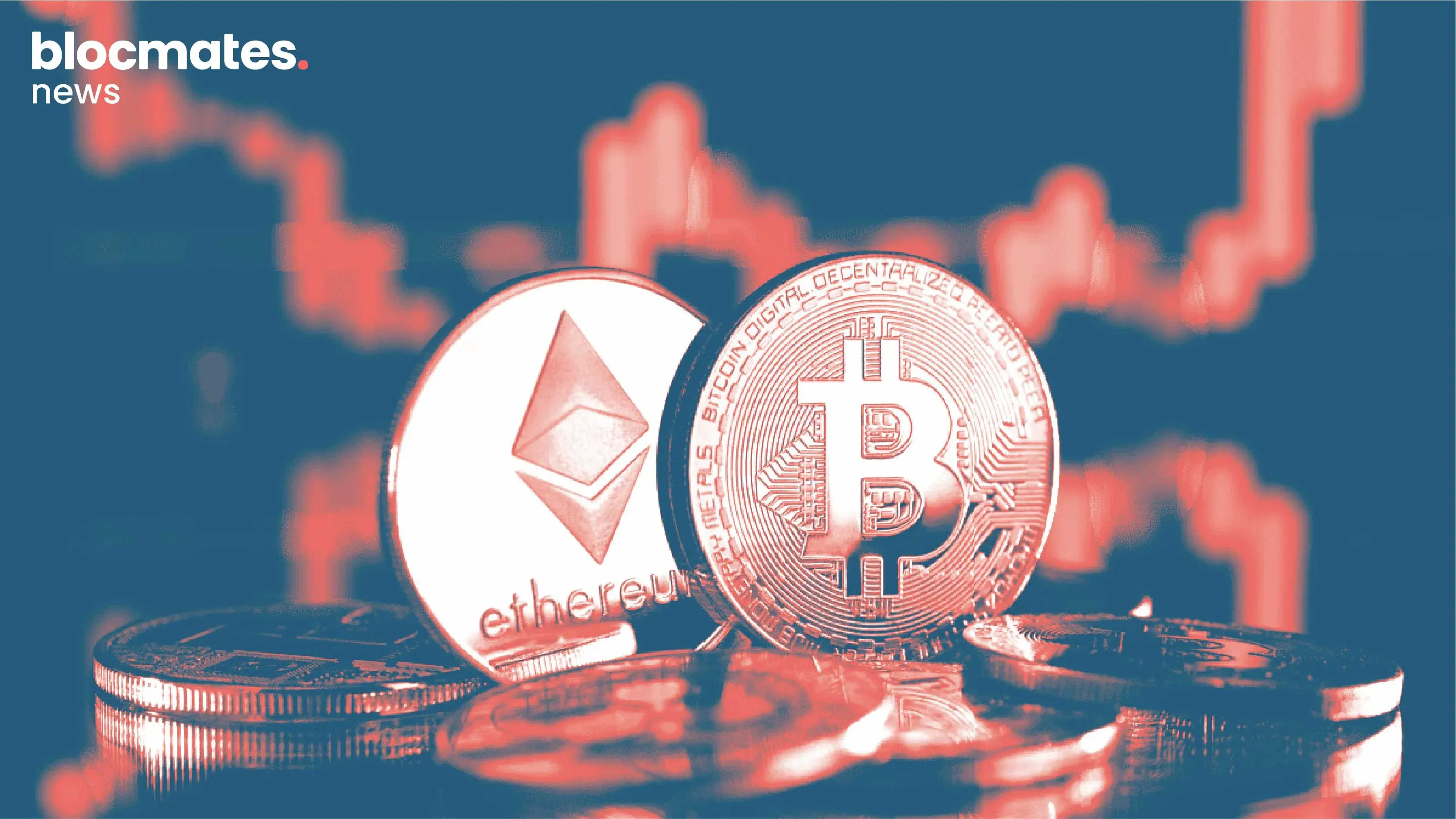

.webp)
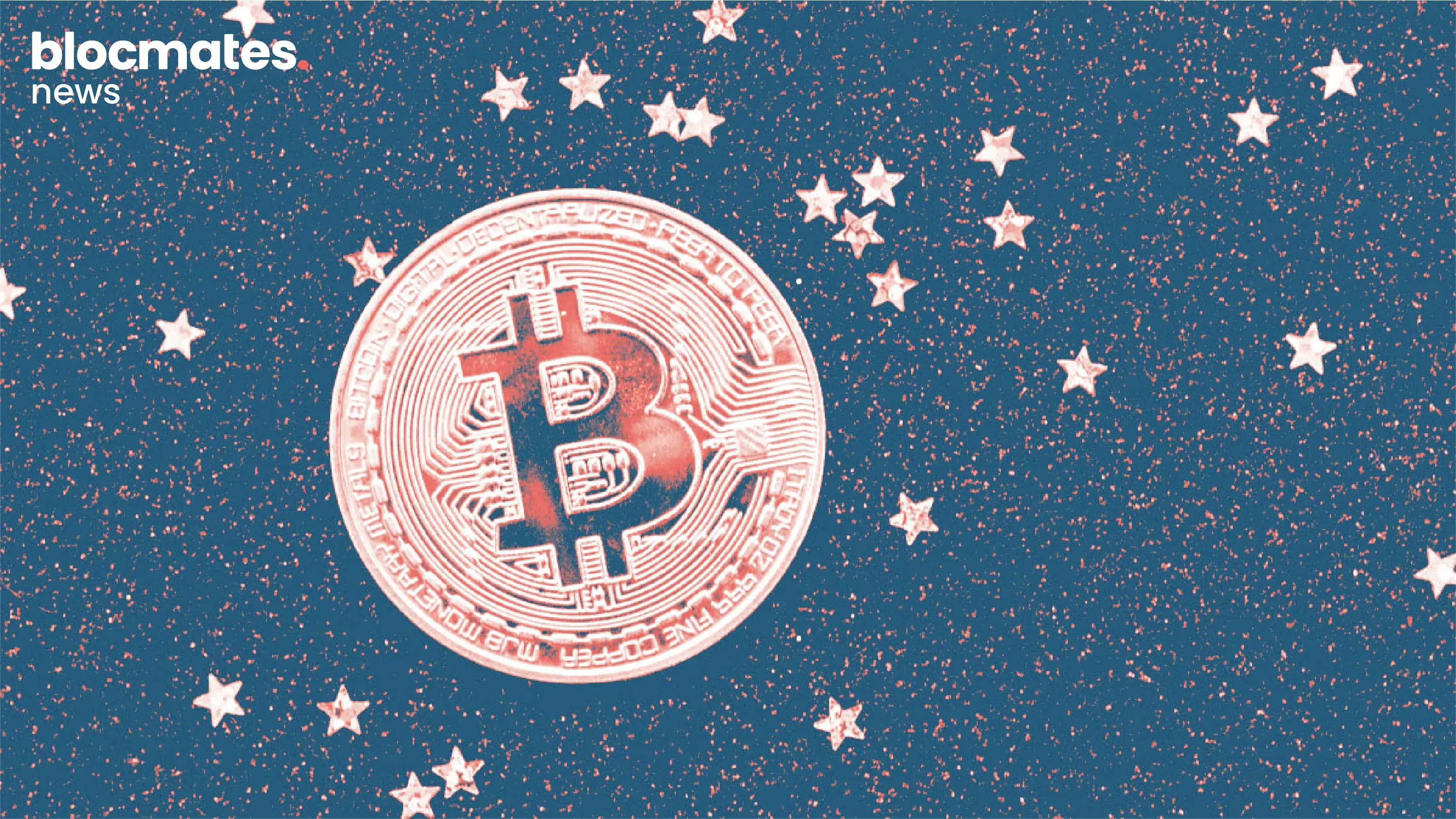

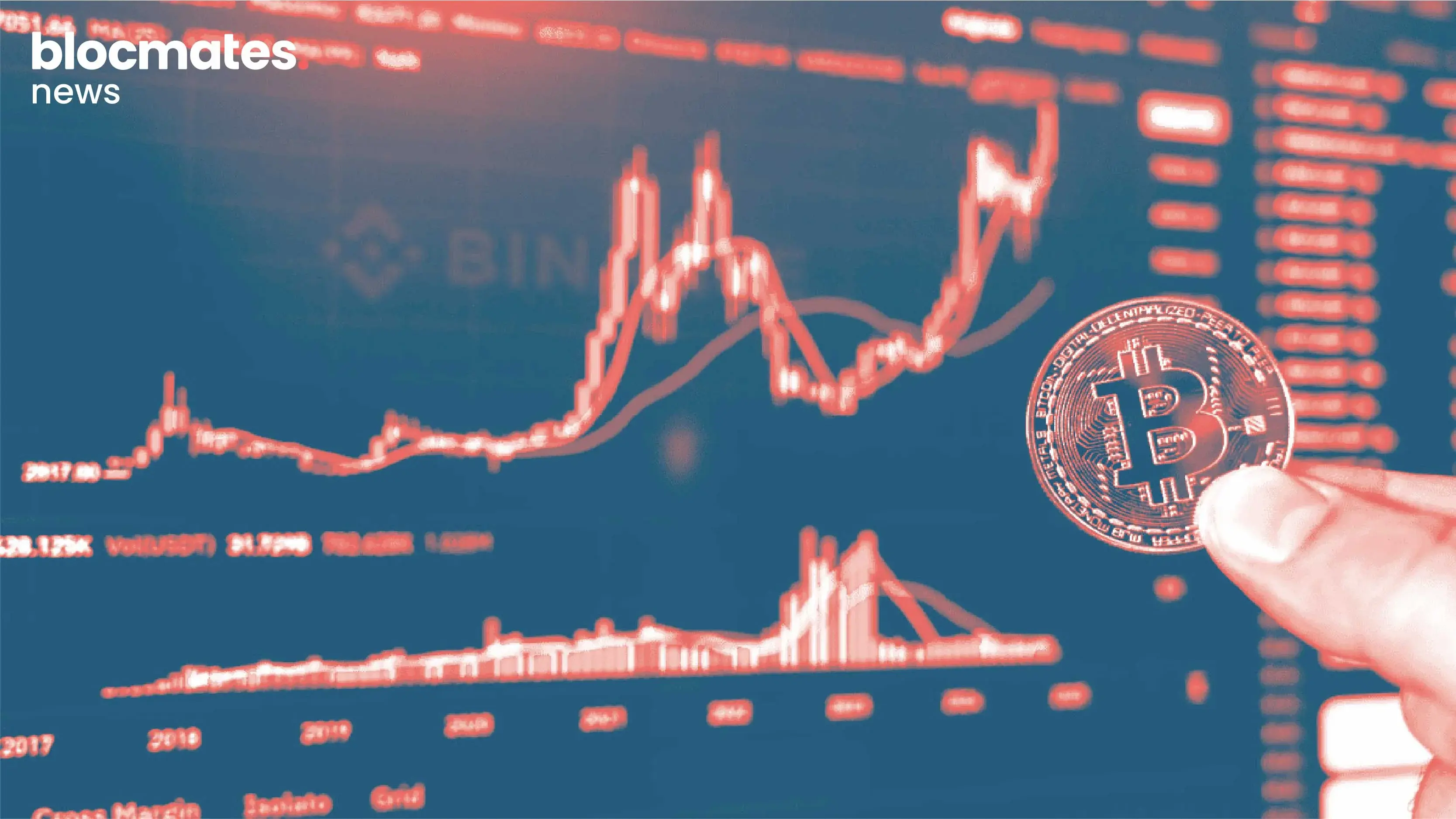




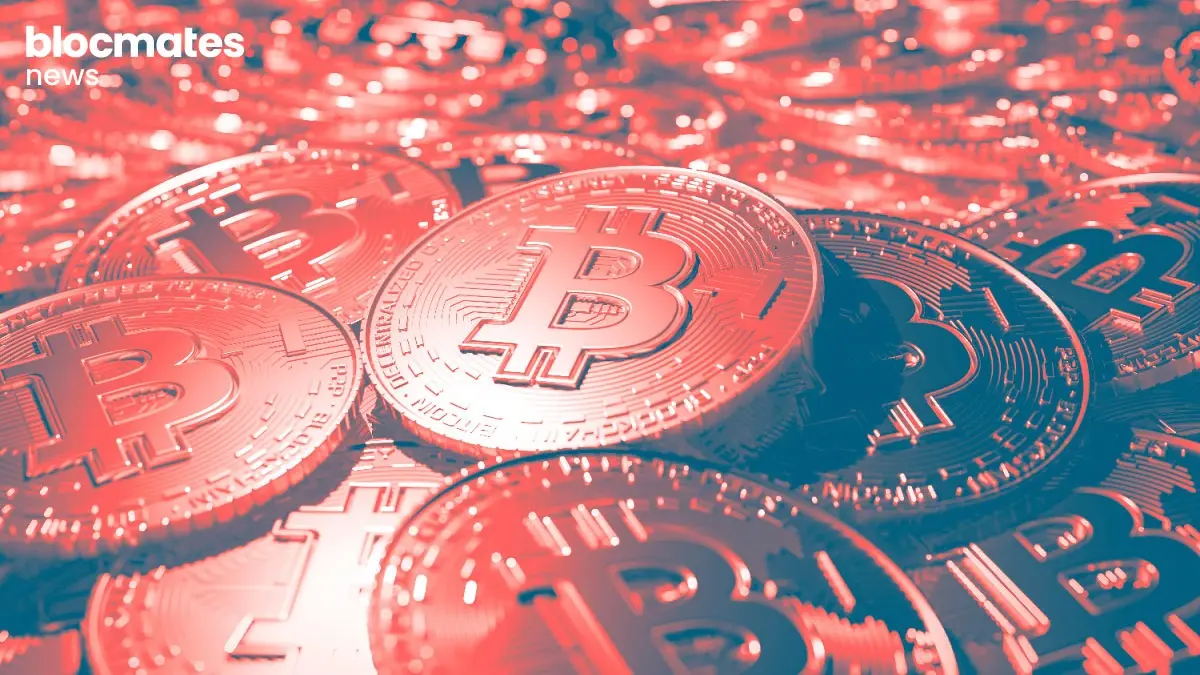













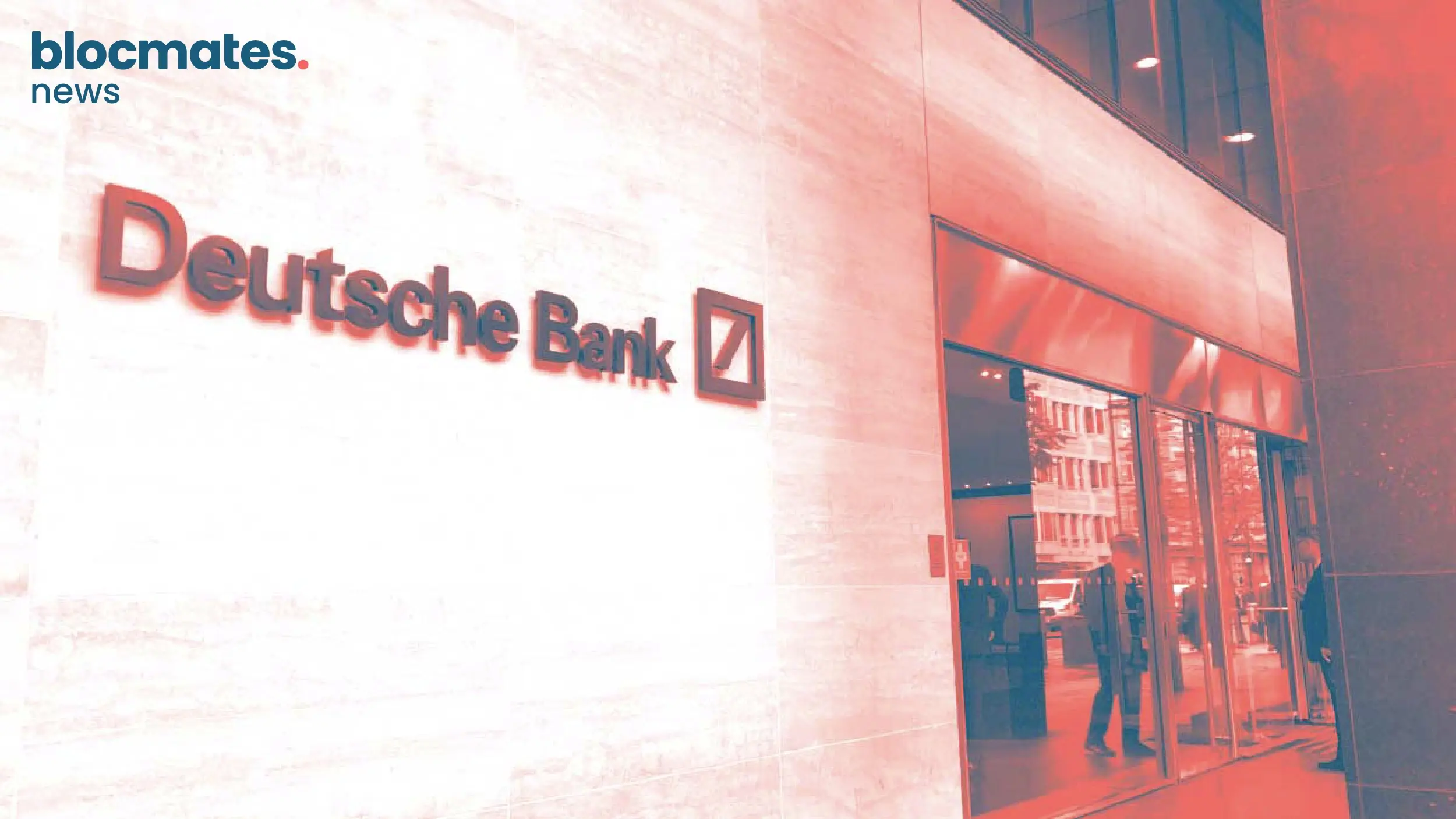

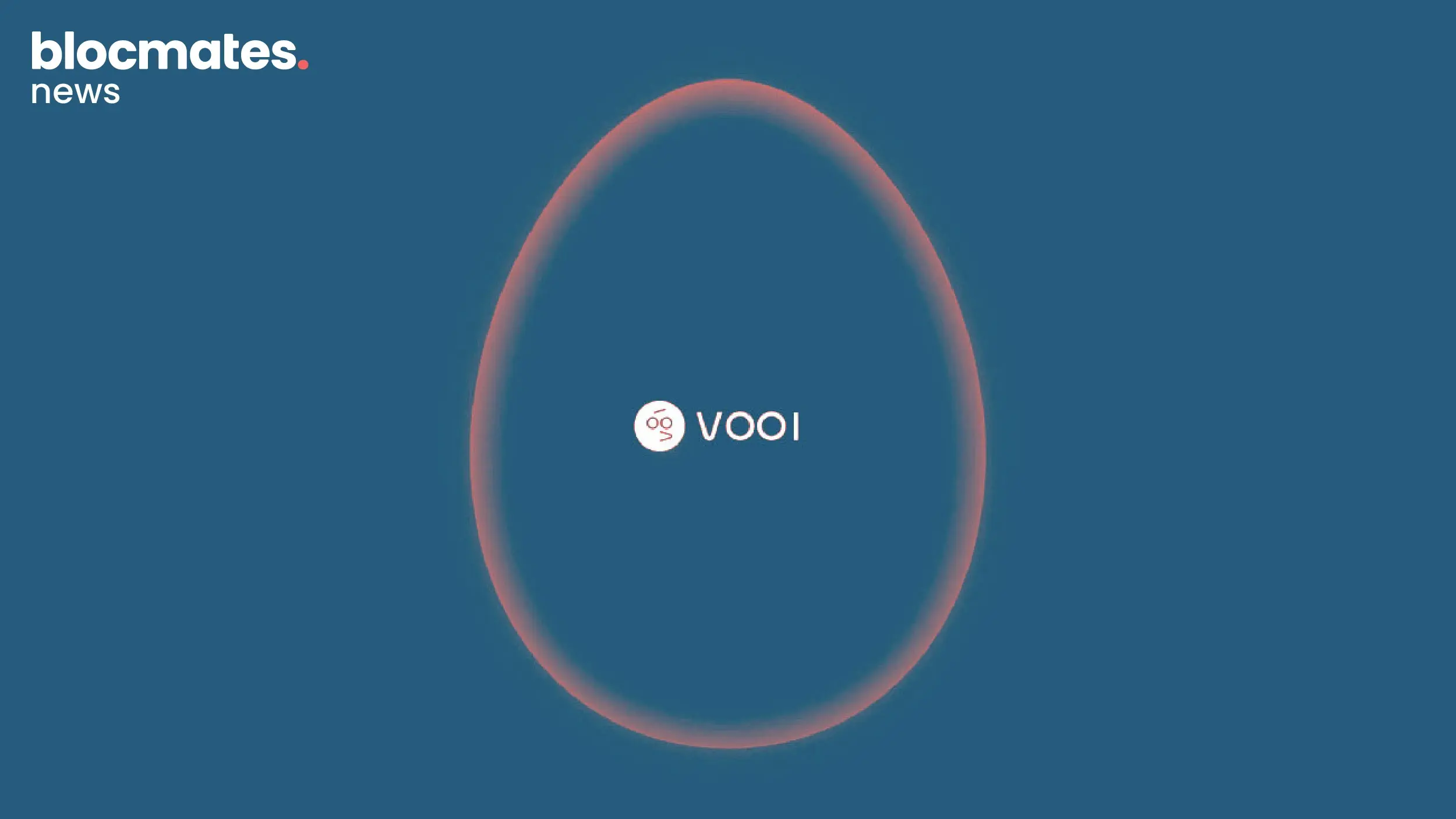
.webp)






.webp)
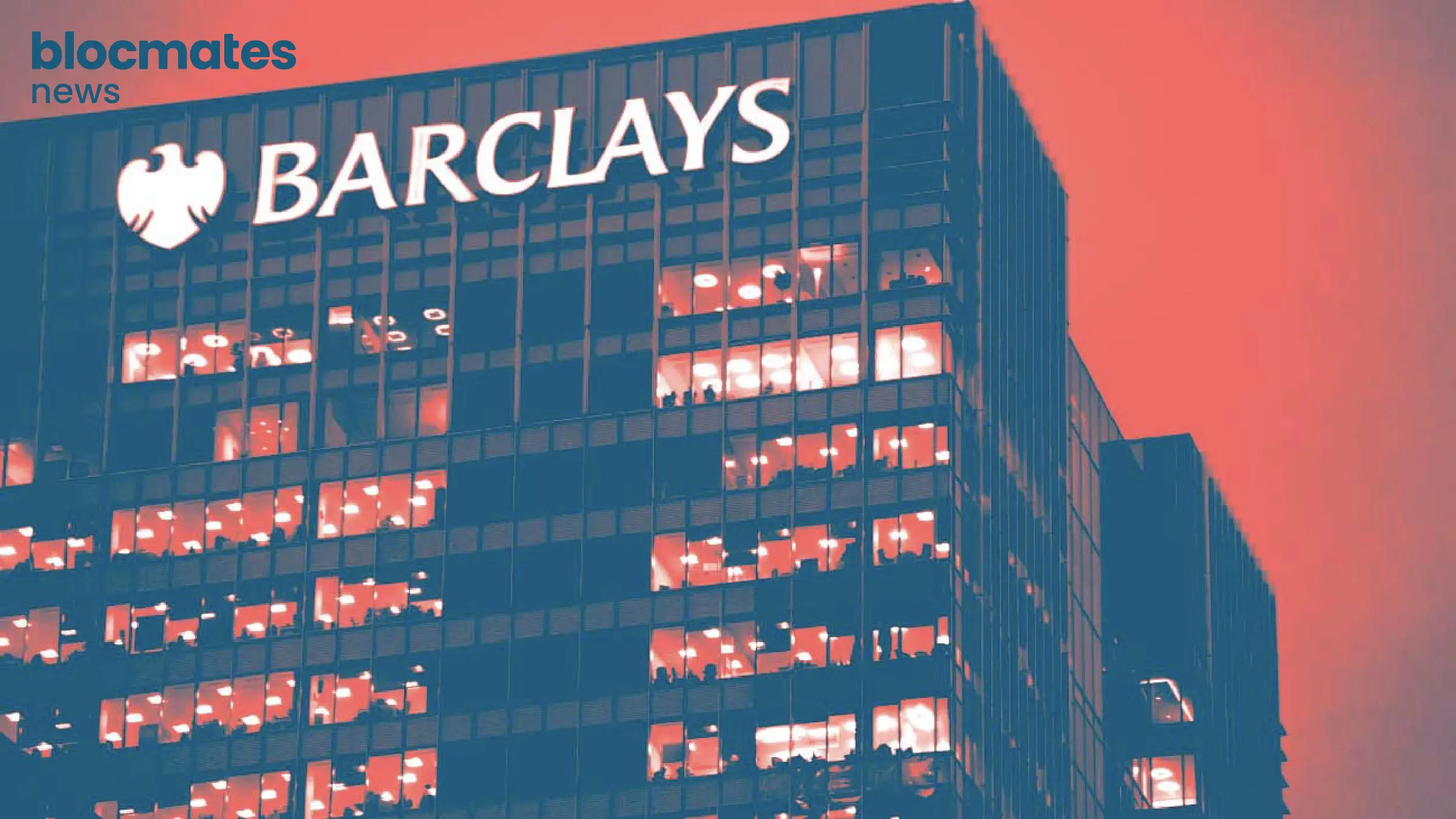


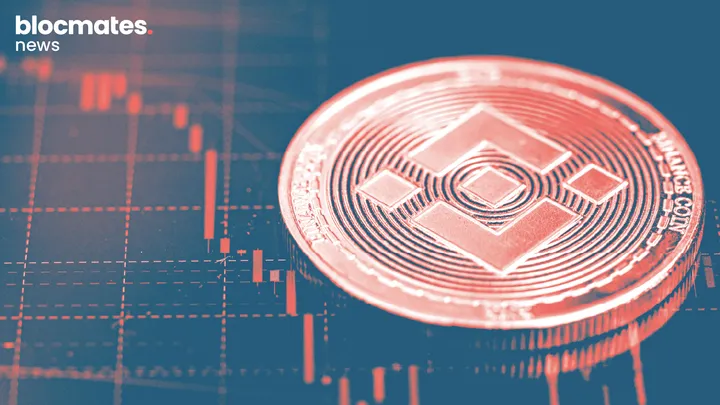
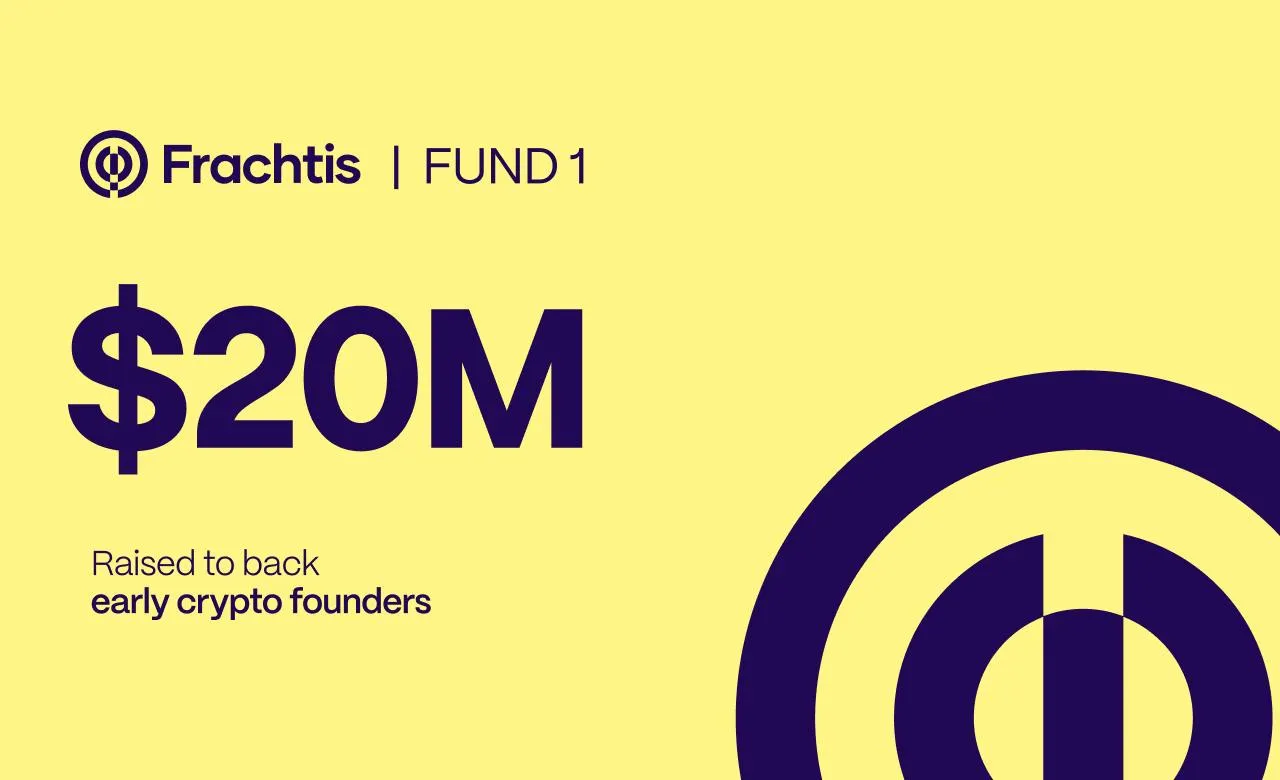





.webp)



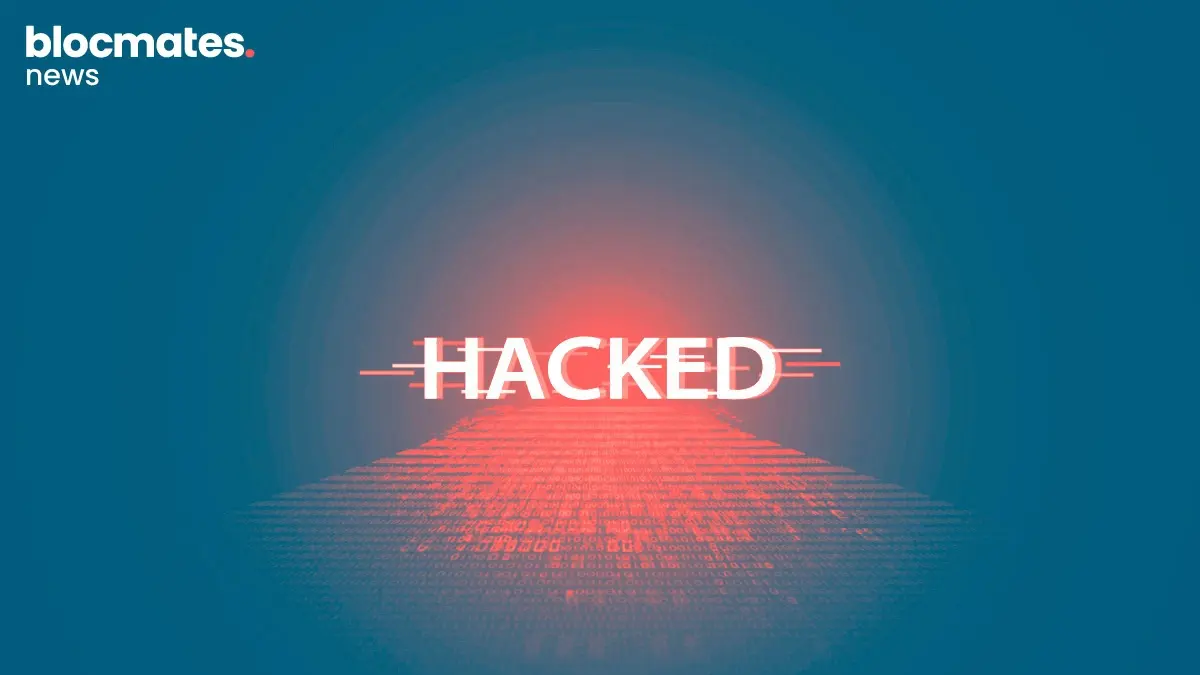




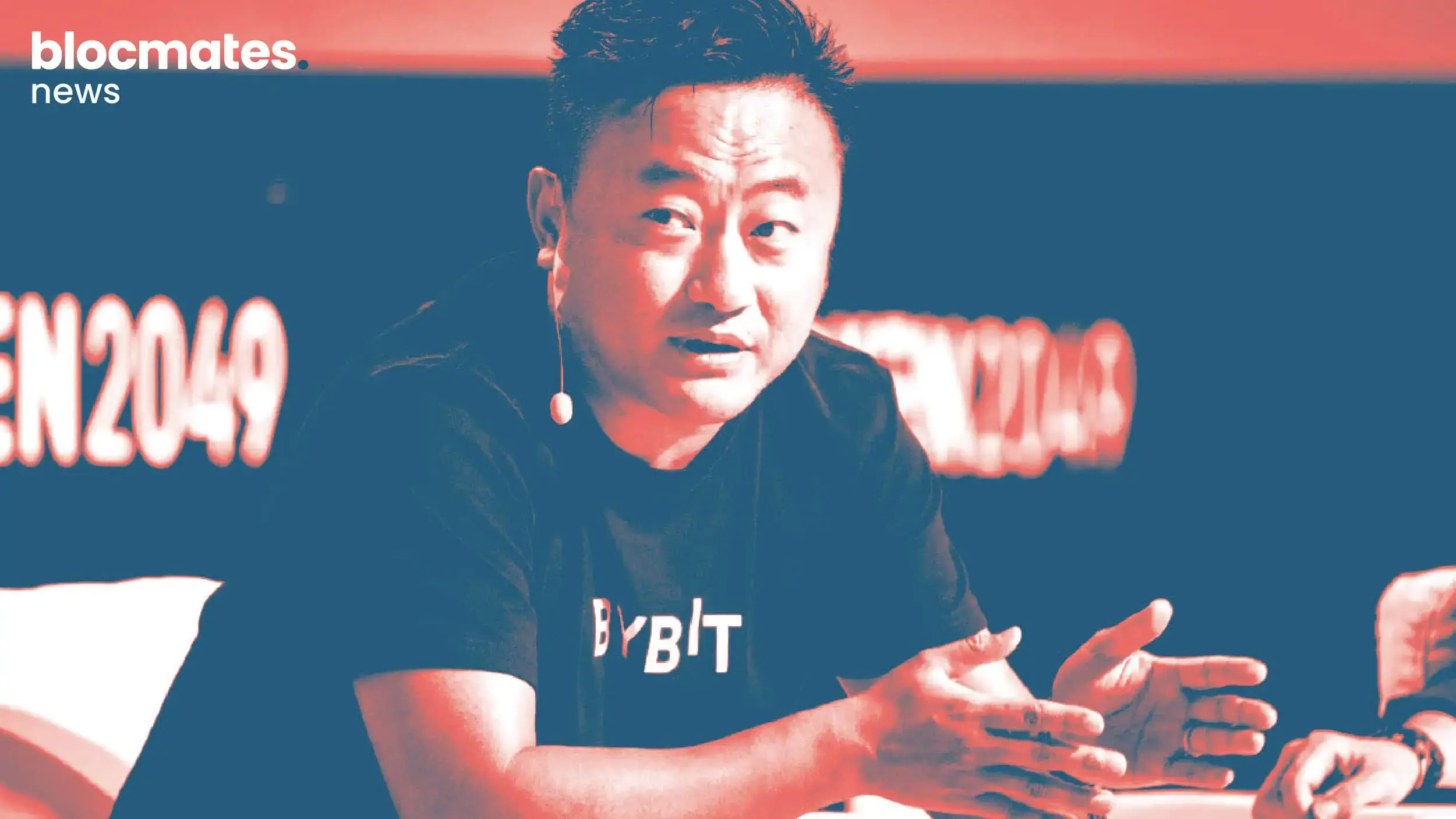
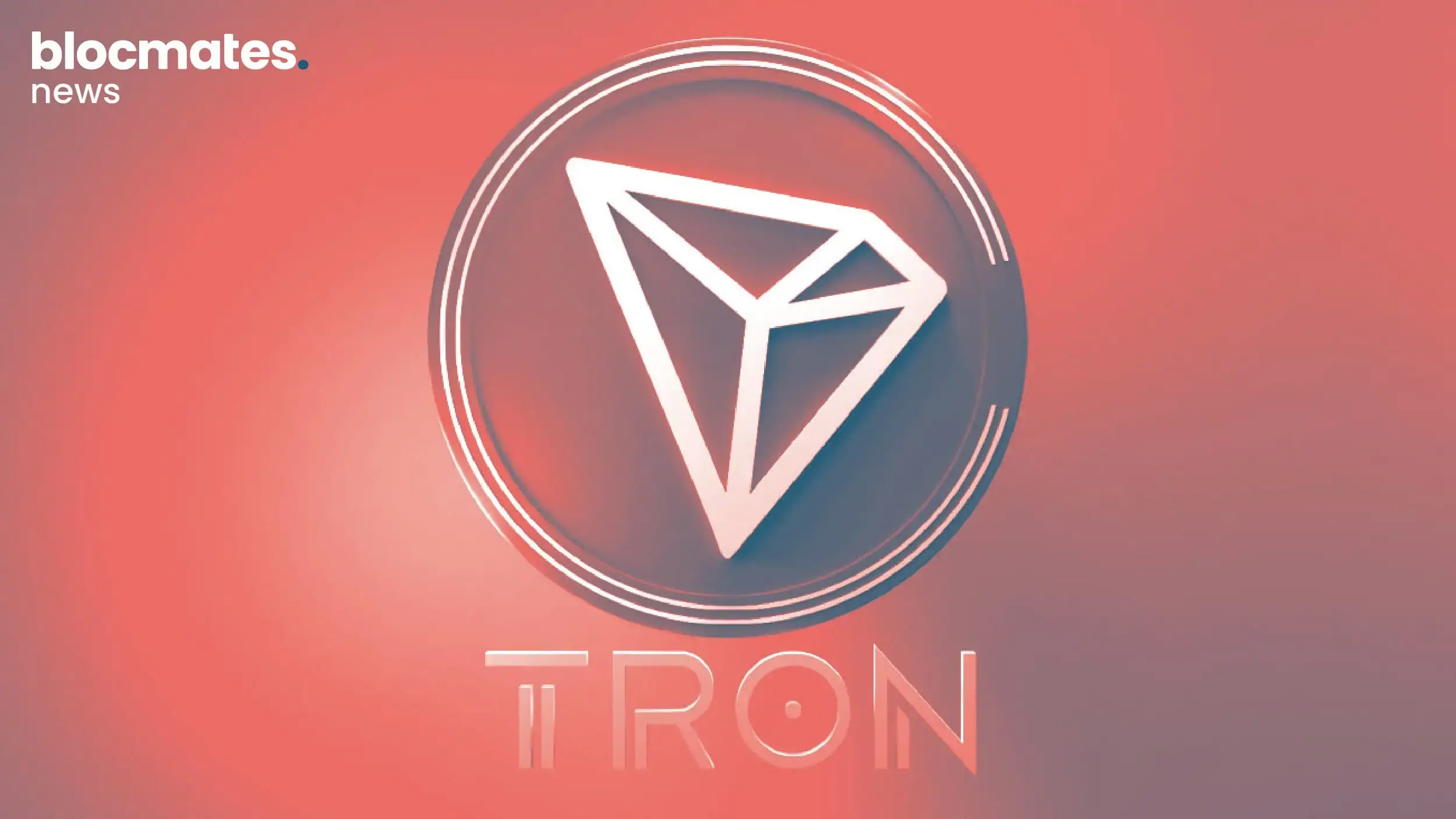
.webp)
.webp)
.webp)
.webp)
.webp)
.webp)

.webp)









.webp)
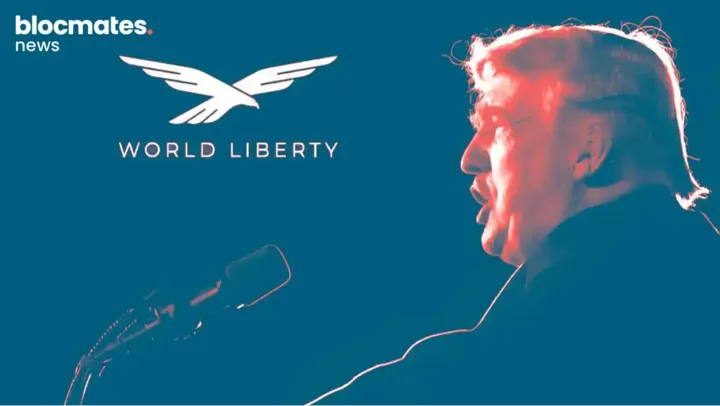
.webp)
.webp)
.webp)
